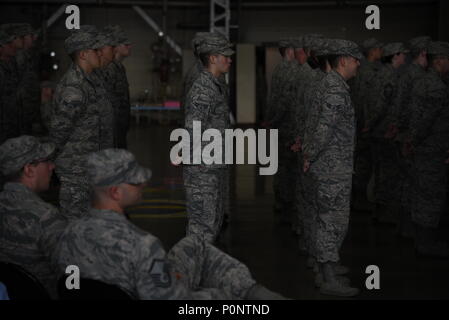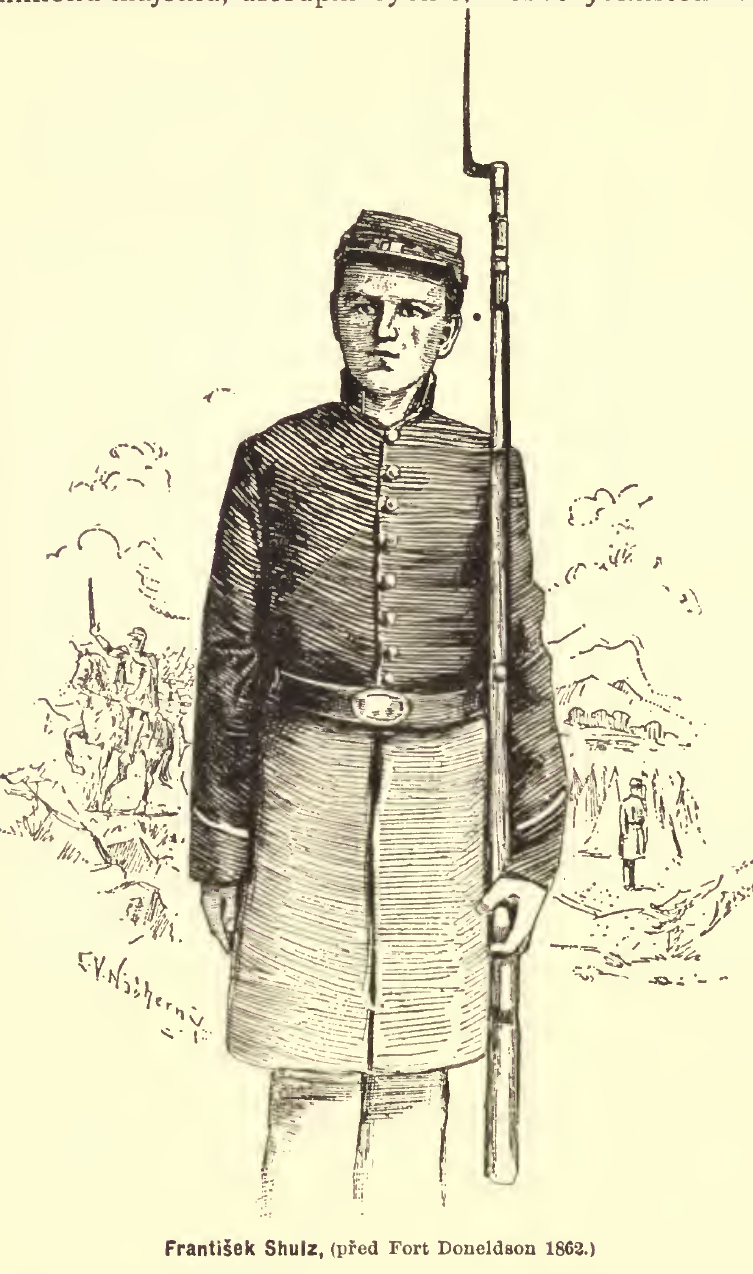
On July 9th Gist's brigade crossed the Chattahoochee. The experience of all the South Carolina regiments was similar. The famous assault occurred three days later, and was repulsed from the line of the North Carolinians by their steady fire, assisted by the raking artillery fire from General French's batteries.īut the Federals drove in the picket line and planted themselves within 100 yards, whence they maintained a galling fire of musketry.Īfter thirteen days of such fighting at Kenesaw mountain the brigade was retired, with the army, the Twenty-fourth having lost 57 men. On the 24th Colonel Capers' regiment went forward to assist the pickets in covering the brigade front, facing a Federal line of battle. O'Neill, of the Sixteenth, was killed on the picket line, which gallantly faced the enemy. Under the fire of the enemy, who established his intrenched line within 300 yards, and maintained such a constant fire of small-arms and artillery that the men had to keep close behind the works. The line, which was strongly intrenched, was soon The right of the Twenty-fourth touched French's division, which occupied the mountain. They were not engaged in the battle, but lost several killed and wounded.Īfter various changes of position they were formed on June 19th south and west of Kenesaw mountain. Dotterer.Īt Cassville, ‘the greatest enthusiasm prevailed in our ranks as the men and officers saw the army formed for battle ’ but the order was countermanded, and May 25th found them in rear of and supporting Stewart's division at New Hope church. On the 16th Hardee's corps was in bivouac on the Rome road, when the enemy drove in his pickets and the Federal shells began to fall in his camp.Ĭolonel Capers, with his regiment and Shaaff's Georgia sharpshooters, was sent to re-establish the pickets and his men were successful in a gallant charge, but lost 9 killed and 30 wounded, among the latter Capt. They took position at the center, but Johnston was compelled to withdraw that night. Meanwhile the battle of Resaca came on and Walker's division hurried back across the river, the Twenty-fourth leading, under fire of the enemy's batteries. Then crossing the river the two regiments were engaged below Resaca against the enemy, whose crossing endangered Johnston's position. Captain Wever's company, of the Twenty-fourth, was the first engaged at this point, but the brigade was soon transferred to Resaca, to meet the Federal flanking column under McPherson. The official reports of the campaign are meager, and afford no particulars of the service of Manigault's brigade.Ĭolonel Capers, reporting September 10th, for Gist's brigade, said that on May 6th the brigade marched out of its winter quarters near Atlanta, and took position near Mill Creek gap. The South Carolinians shared fully in the campaign which followed, in the course of which General Johnston skillfully withdrew his forces, with inconsiderable loss, from one position to another, as each became untenable, also firmly holding the enemy for weeks on the New Hope church and Kenesaw mountain lines, repulsing fierce assaults and permitting Sherman to gain no advantagesĮxcept such as were due to the power of flanking inevitable to superior numbers. Stevens commanded a Georgia brigade of Walker's division. Upon the junction of Polk's forces, Waties' battery, with Jackson's cavalry division, increased the South Carolina contingent.īrig.-Gen. Shaw, in Manigault's brigade of Hindman's division. Beauregard and in Hood's corps by the Tenth regiment, Col. Walker's division, and Ferguson's battery, Lieut. James McCullough, and Twenty-fourth, Col.

South Carolina was represented in each of Johnston's two corps, in Hardee's by the Sixteenth regiment, Col.

Johnston, and occupying the valley and mountain strongholds about Dalton, on the railroad from Chattanooga to Atlanta.

Sherman, in command of the armies of the Cumberland, Tennessee and Ohio, under Thomas, McPherson and Schofield, in all about 100,000 strong, advanced against the army of Tennessee, then under Gen. Simultaneous with the crossing of the Rapidan river in Virginia by the Federal army of Meade, Gen. Hood's campaign in North Georgiathe defense of Ship's Gap


 0 kommentar(er)
0 kommentar(er)
